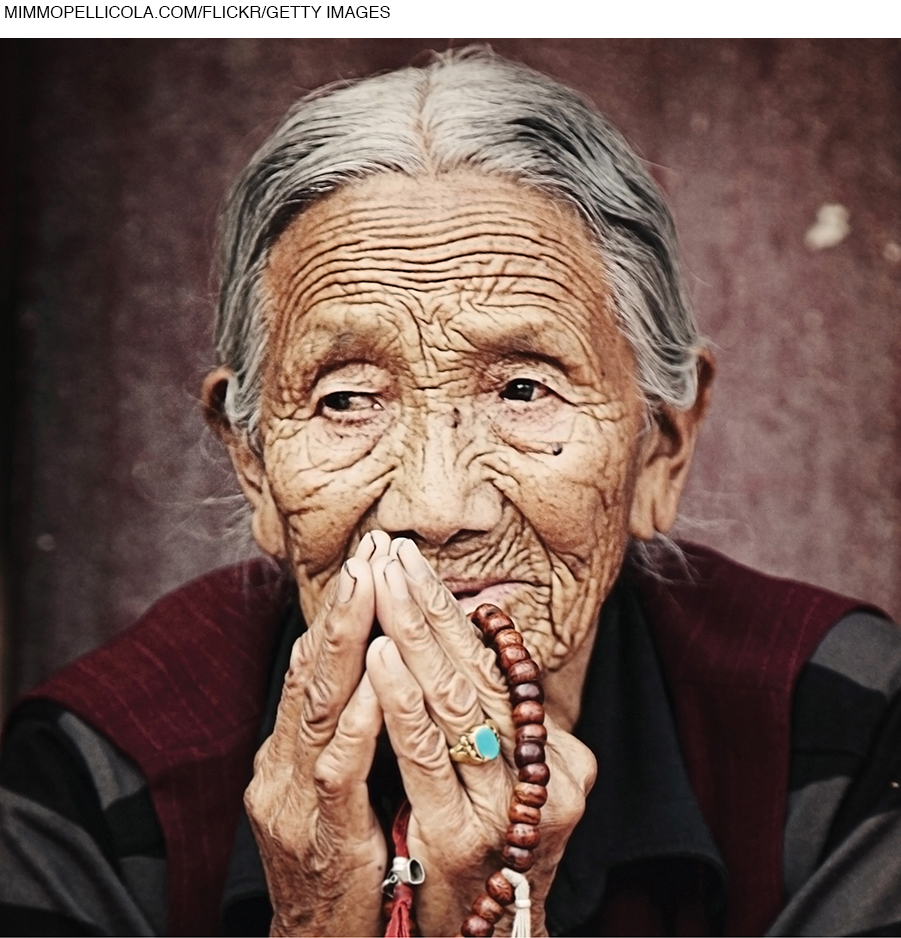Chapter Introduction

CHAPTER OUTLINE
Cultures, Epochs, and Death
Understanding Death Throughout the Life Span
Near-
A Good Death
Better Ways to Die
Ethical Issues
OPPOSING PERSPECTIVES: The “Right to Die”?
Grief
Mourning
Diversity of Reactions
A VIEW FROM SCIENCE: Resilience After a Death
Practical Applications
EPILOGUE
EPILOGUE
Death and Dying
WHAT WILL YOU KNOW?
How can death be a source of hope, not despair?
What is the difference between a good death and a bad one?
How does mourning help with grief?
Video: An Overview of Death and Dying
Anearby hospital (St. Vincent’s) closed two years ago, the victim of budget cuts. Six other hospitals have been shuttered recently in New York City for the same reason. St. Vincent’s closure struck my local community hard—
Why did that slap happen? The editor said that his wife died a few days earlier in a Bronx hospital, and if St. Vincent’s were still open, “I could have walked two blocks and spent time with her through the last hours of her life” (Taylor, 2013, p. A16). Of course, that is no excuse for violence, but mourners want to blame someone—
That editor is not the only irrational one. When Joan Didion’s husband died, she experienced a “year of magical thinking,” including keeping his shoes in the closet because he would need them if he came back (Didion, 2005). Mourners are not always logical.
This chapter acknowledges those emotions and helps us understand dying, death, grief, and bereavement. We can expect powerful feelings to surface; hopefully they can be directed toward help for the living. Tears, yes; slaps, no. There is hope in death, choices in dying, and affirmation in mourning, as the three sections of this chapter describe.